Devlog
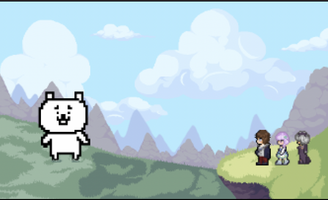
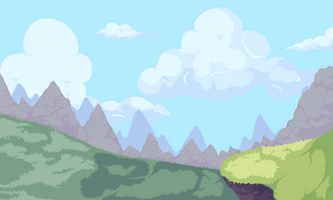




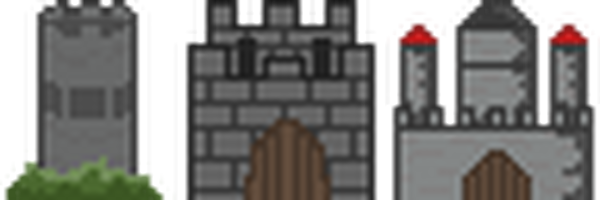
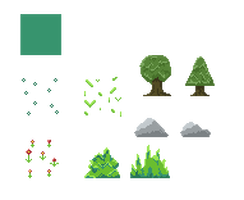

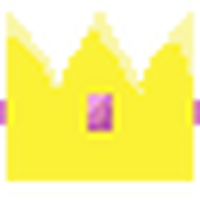



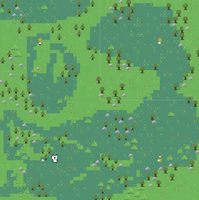
Development Log
Kuma Conflict is an asymmetrical multiplayer real-time strategy game made by a team of three people in 2 and half weeks. This game has 4 different characters: a bear as boss and 3 different army leaders. The boss has much higher HP and can grow larger by destroying houses. Army leaders can recruit soldiers from houses and command them to shoot magical arrows. Each leader also has a unique ability, like dashing, shooting fireball, or casting magic shield. To win the game, the bear needs to destroy all villages or kill 3 other players. 3 army commanders need to kill the bear, and only the player who kills the bear wins the game.
Initially, we want to make an asymmetrical real-time strategy game in which players can control armies and attack each other. Considering the time and scale of the project, we turned this idea into a 2.5D game in which players control army leaders and soldiers will follow them. We also want to make one player have unique experiences from others and make this game unlike normal RTS games, so we design the bear as a boss who is the main threat of others. We finished soldier following and recruiting mechanics at the first and second weeks and made a melee attack for the boss. At this time we are still not sure whether to make a 1v3 game or free for all games.
In the second week, we finished the map and mechanics for players to command soldiers to shoot arrows. We did several playtests this week and modified our game based on the results and feedback. We find that players don’t know each other’s position on the map, so we added pointers to indicate positions of other players, to make the battlefield more clear. Also when we tested the game, we found that it’s hard to shoot accurately when you are moving, so we added a button for players to stop moving so they can aim. Also we decided to make this game free-for-all, because during the playtest we found that it’s fun for army leaders to fight with each other. After that we finished up three abilities for army leaders and polished the game a little bit. We added some attack animation, and sound effects. We also added some particles and trails to improve game feel.
The process of development began with a very simple map diagram, and with square sprites as villages and soldiers, placemarkers for sprites that would soon be drawn by Heidi. As development progressed, we would build systems upon systems, test how they worked with each other, and then iterate in order to assure the systems were growing in the way they needed to be.
At the end of the first week, we felt that we had a decent experience to play with and with the basic foundation of systems that we needed to build upon.The tilemap for graphical assets as well as the systems and the UI were still simple, but the basic mechanics were there. The second week was essentially adding on top of these mechanics in order to make the game feel better, increase the control of the player by adding abilities and character selection, and adding a large amount of graphical assets (like character animations) in order to make the game feel better.
Playtest & Feedback
We did two rounds of playtests in different stages of this project. We find that players don’t know how to play this game without our instructions, so it’s important to add instructions in game. We also find that players don't know the position of other players in the game, so we added a pointer to indicate their positions. In the first playtest the bear is too overpowered, because other players lack some mechanics to deal with it. We were also given the feedback of having a character selection because the playtesters didn’t know which character was which in the game. In the second playtest the situation inverted, so we took some time to balance different characters. From the feedback we know that it’s fun to fight with each other for army leaders. Also button sets for different controllers are different, but we don’t have time to figure it out. We also receive feedback from playtesters that it’s weird for trees not having colliders. We put all trees in a tilemap and due to time constraints we don’t have time to fix this, but we definitely want to do that for next steps in the future.
Having multiple playtest sessions was greatly beneficial to our week 2 development, and aided in focusing on what we needed to. We were able to complete most of the tasks set out for us by playtesters, including indicators for where other players are, as well as much of the balancing tasks.
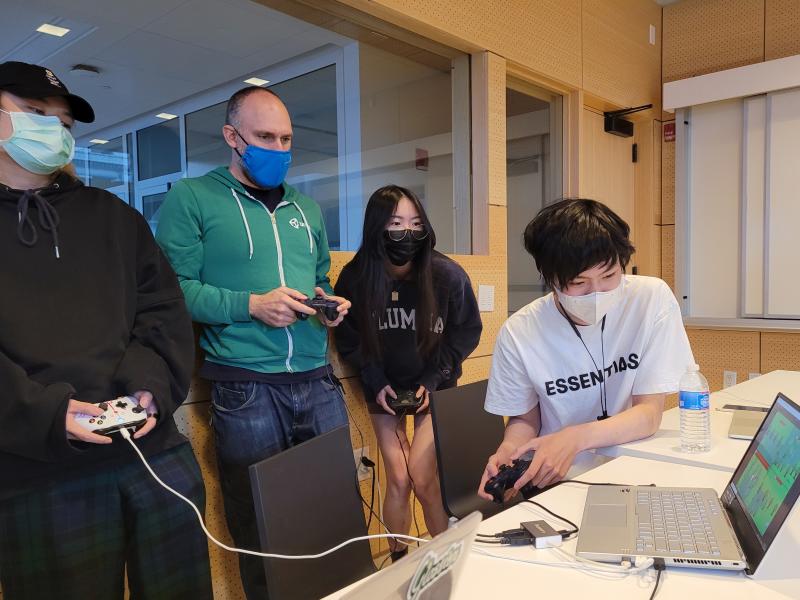
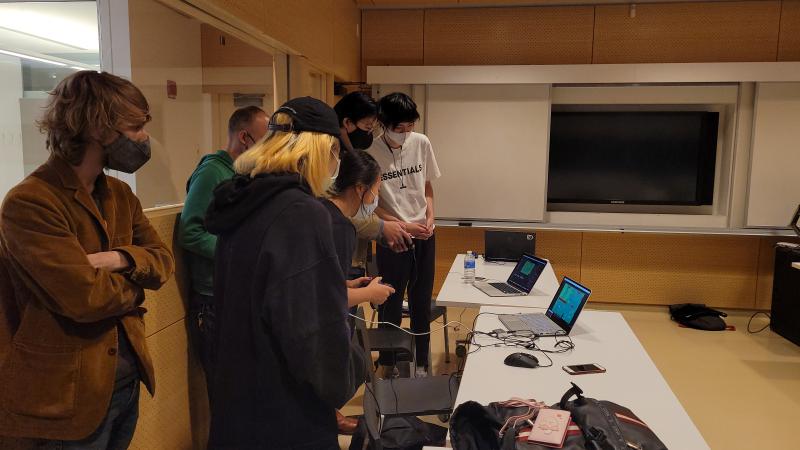
Get Kuma Conflict
Kuma Conflict
| Status | Released |
| Authors | JefferyXue, Jackson Westbrook, Heidi |
| Genre | Action |
| Tags | 2D, asymmetric, Female Protagonist, Local multiplayer, Multiplayer, Pixel Art |
More posts
- PostmortemOct 25, 2021
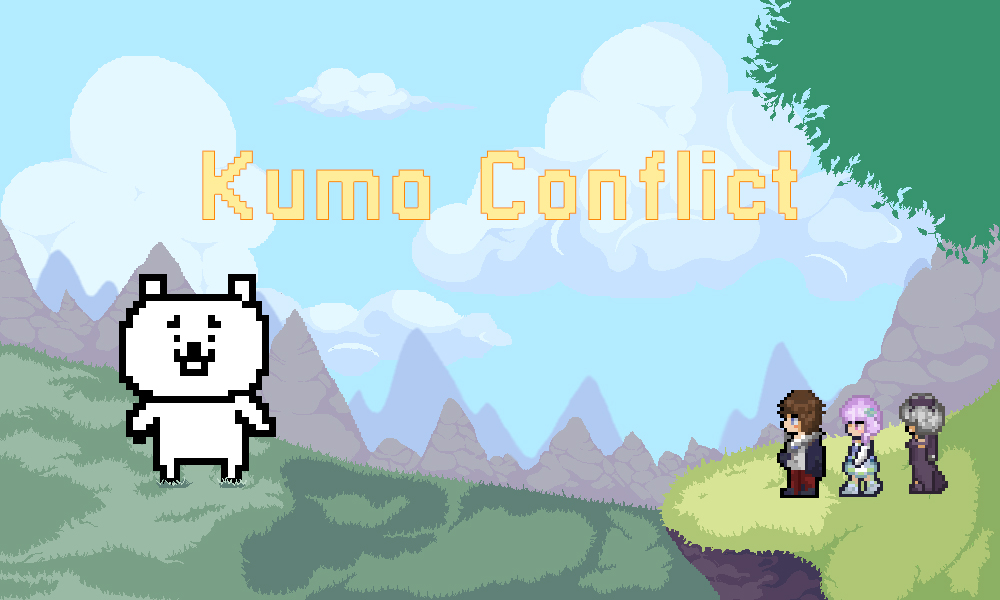
Leave a comment
Log in with itch.io to leave a comment.